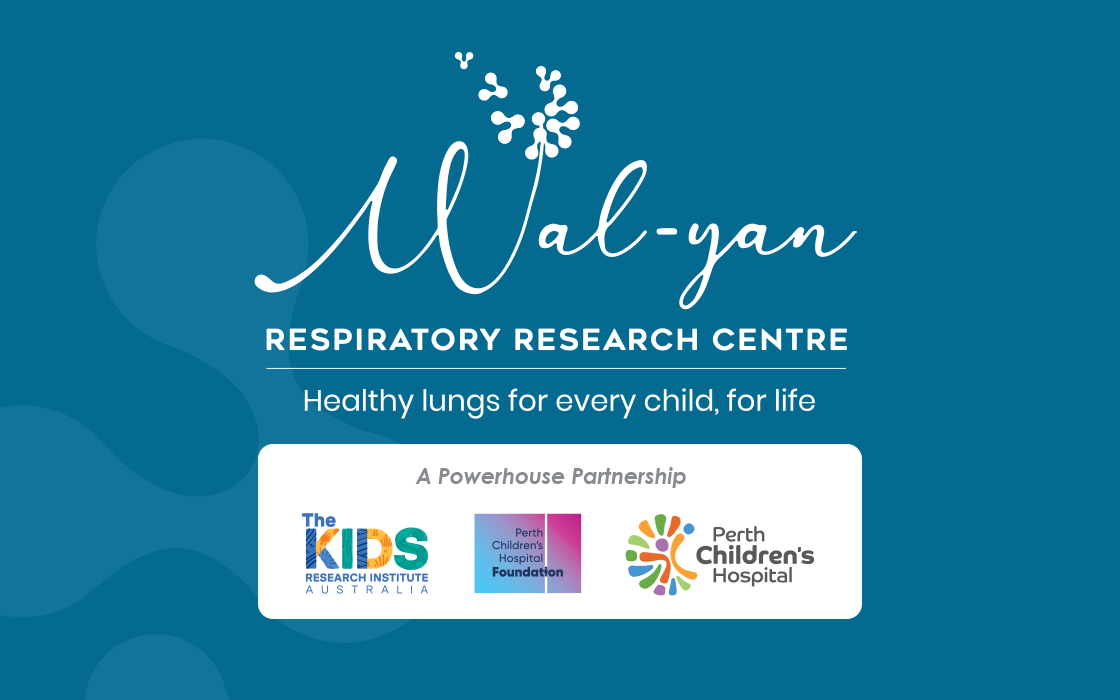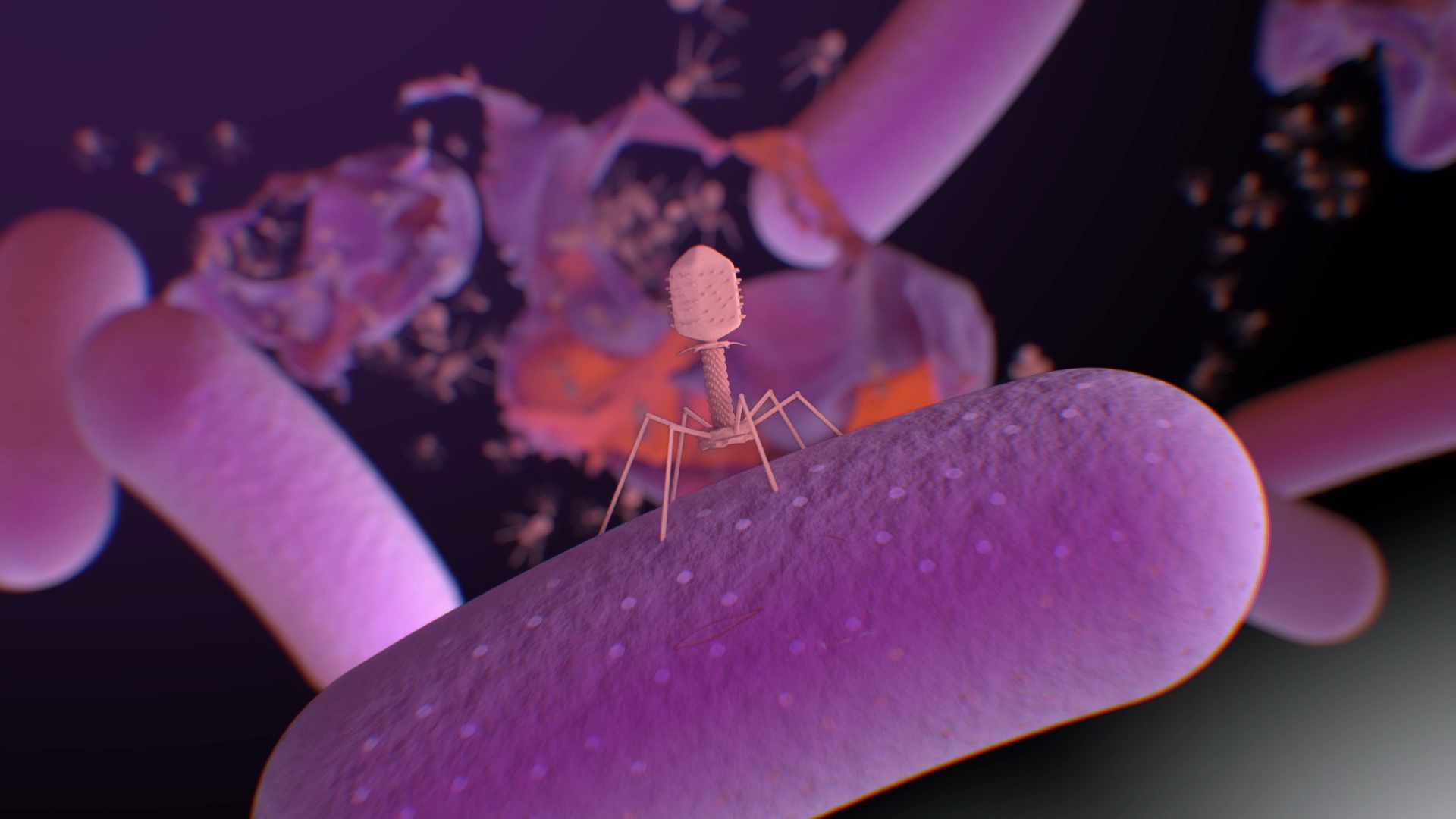Search

by Dr Shivanthan Shanthikumar
Fighting pseudomonas aeruginosa and nontypeable haemophilus influenzae biofilms with host defence peptide as a novel step forward in the treatment of

Air trapping in early cystic fibrosis lung disease—Does CT tell the full story? Abstract Introduction: Mosaic attenuation on expiratory chest
Pseudomonas aeruginosa Resistance to Bacteriophages and Its Prevention by Strategic Therapeutic Cocktail Formulation Antimicrobial resistance poses a

Diagnosis and early life risk factors for bronchiectasis in cystic fibrosis: a review ABSTRACT Introduction: Lung disease in cystic fibrosis begins

Rhinovirus infection is associated with airway epithelial cell necrosis and inflammation via interleukin-1 in young children with cystic fibrosis

A clinical trial is a scientific study, or an organised test of medicines and new treatment options, involving patient and non-patient human volunteers.
As a not-for profit child health research organisation we rely on the generosity of our partners, communities and supporters to improve the health, development and lives of children through excellence in research.

Here are some of the most common questions about phage, phage therapy and antimicrobial resistance (AMR).
The Beacon Project team have partnered with the world's best - eSafety Commissioner and Common Sense Media - to ensure that the Beacon cyber safety app is able to provide reviews on some of the most popular apps and games to keep you up-to-date and on top of the trends in Australia.
